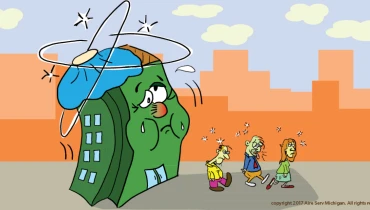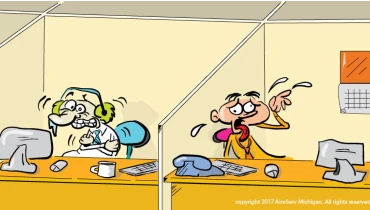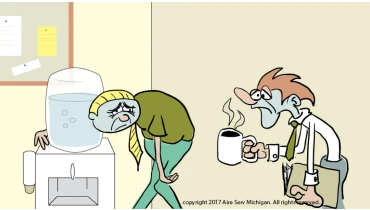- Apply Locally Special Offers
Call phone number(517) 731-0268 24/7 Customer Service
- Apply Locally Special Offers
Call phone number(517) 731-0268 24/7 Customer Service


According to the US Environmental Protection Agency**, SBS is “…situations in which building occupants experience acute health and comfort effects that appear to be linked to time spent in a building, but no specific illness or cause can be identified.


Most building rooftop HVAC units have an economizer. This is a series of dampers, controls and filters designed to bring in outside air, rather than running the compressor. This is free cooling.


We live in an individualized world. While you can tailor how you interact with the online digital world, how about your physical working space? Advances in commercial HVAC technology provide the capability to do just that. The following six points illustrate why zoning is worth considering.


The most overlooked area within most facilities is the ductwork for your heating and cooling system (HVAC) . Dust, mold, mites and allergens may be accumulating in your ducts, and they are being spread every time air is being moved.


Commonly referred to as Freon, R-22 refrigerant has been used commercially in air conditioning since 1932. Chlorofluorocarbons (CFC’s), including R-22, contribute to depletion of the Earth’s upper atmosphere - the ozone layer.


Variable Refrigerant Flow (VRF) systems use refrigerant for both heating and cooling. The refrigerant is conditioned and circulated within the building to multiple output devices - typically fan-coil units.


An advanced synthetic catalyst has been specifically developed to solve an issue with HVAC compressors. This catalyst reverses a condition that the American Society of Heating, Refrigerating, and Air-Conditioning Engineers (ASHRAE) calls "oil-fouling".


We all notice when we’re too hot or cold indoors at work or at home and adjust the thermostat if necessary. What we don’t notice is whether there is enough oxygen or whether the humidity is high or low.